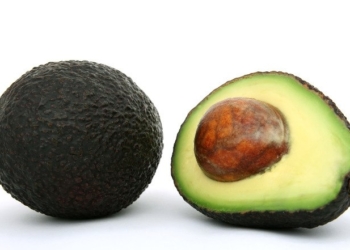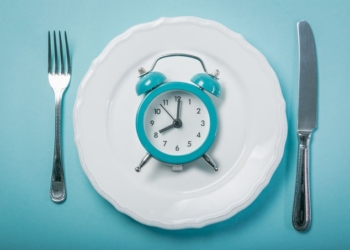Diet, Weight Loss, Obesity
Using Blood Tests to Determine Which Diet Works Best Can Lead to 7 Times the Weight Loss
Could your blood help you determine the best diet for you? Read this! #diet #weightloss #bloodtest
Read moreDetails5 Fasting Friendly Drinks that Boost Results
Thomas DeLauer gives us 5 drinks that can make fasting EASIER and even MORE BENEFICIAL #fastingtips
Read moreDetailsSeveral Studies Show Why Hiking is Great for Your Brain
You can probably feel that hiking is good for your brain, but here are the facts as to why it...
Read moreDetails5 Reasons Why We’re Gaining More Weight Than Our Ancestors
Here's why we are gaining weight
Read moreDetails10 Best Healthy and Natural Weight Loss Supplements
Richard Adefioye has compiled 10 best healthy and natural weight loss supplements based on testing, ratings and customer reviews plus...
Read moreDetailsChoose Avocados to Help Reduce Risk for Obesity and Diabetes
Avocados may help with weight management and blood sugar control, reducing your risk of obesity and diabetes. Avocados help you...
Read moreDetailsIntermittent Fasting: 20 Ways It Can Improve Your Life
Intermittent fasting is a powerful approach to facilitating weight loss and helping reduce your risk of chronic diseases like Type...
Read moreDetails10 Best HIIT Workout Exercises to Burn Calories Fast
HIIT is good for losing weight due to its time efficiency. When performing these high-intensity intervals, it causes your heart...
Read moreDetails4 Powerful Techniques to Lose Fat Fast (And Sustainably)
Adam Evans covers several topics that ‘cutting fat’ encompasses. #weightloss #fatburning
Read moreDetailsOolong Tea Raises Metabolism Supporting Health Goals
Scientists have identified chemicals in green and oolong tea responsible for boosting metabolic rate and supporting weight loss. In one...
Read moreDetailsHow to Start Intermittent Fasting
Intermittent fasting involves cycling between time of eating and fasting. This article shows you how you should start an intermittent...
Read moreDetails5 Top Benefits Of Proper Nutrition
If you are wondering about the benefits that you can expect by consuming proper nutrition, then this article will definitely...
Read moreDetailsHealthy Fats: Why You Need to Eat More and Where to Get Them
In reality, fat isn’t bad for you at all. It’s the type of fat, and how much fat you consume,...
Read moreDetailsHow Your Body Detoxifies & Repairs Itself and Natural Ways You Can Boost the Process
Help your body help itself by reading this and learning the little ways you can get your body to repair...
Read moreDetailsHow Diet Can Cause or Cure Depression
Your diet may be the cure to depression
Read moreDetails
















